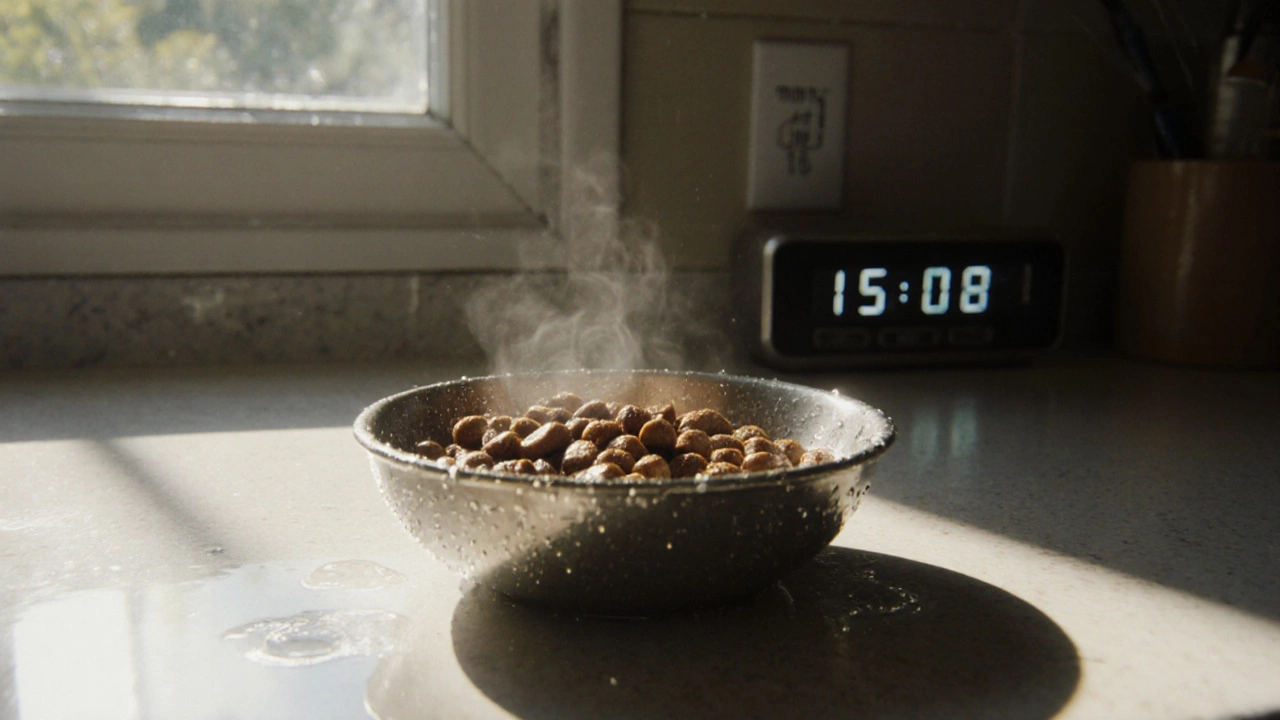Cat Food Freshness: How to Keep Your Cat’s Food Nutritious and Appealing
When it comes to cat food freshness, how recently and properly your cat’s food has been stored and served. Also known as food quality for cats, it directly affects your cat’s appetite, digestion, and long-term health. A cat won’t eat food that smells off, feels stale, or has lost its aroma—even if it’s still technically safe. Unlike dogs, cats are picky eaters with a strong sense of smell, and they’ll walk away from a bowl that’s been sitting out too long.
Wet cat food, pre-packaged or homemade meals with high moisture content. Also known as canned cat food, it’s highly perishable once opened and should be used within 24–48 hours if refrigerated. Leaving it out for hours invites bacteria, and the texture turns unappetizing fast. On the other hand, dry cat food, kibble with low moisture content designed for shelf stability. Also known as cat kibble, it lasts longer but still degrades over time—especially when exposed to air, heat, or humidity. Even unopened bags lose nutrients after the best-by date, and the oils go rancid, making the food less tasty and less healthy.
Storing cat food properly isn’t just about avoiding waste—it’s about protecting your cat’s health. A bag of dry food left in a hot garage or a wet can left on the counter isn’t just old; it’s a risk. Cats can develop digestive upset, nausea, or even liver issues from eating spoiled food. You wouldn’t eat moldy bread or rancid nuts, so why expect your cat to?
Here’s what works: keep dry food in its original bag, rolled tightly shut, inside an airtight container. Store it in a cool, dark place—like a pantry, not next to the oven. For wet food, portion out single meals in small containers and refrigerate what you won’t use right away. Always check the smell and texture before serving. If it smells sour, looks slimy, or has changed color, toss it.
And don’t forget the bowl. Food residue builds up over time, even if you wash it daily. Bacteria hide in tiny scratches. Wash bowls with hot, soapy water every day, and replace plastic bowls every few months—they hold onto odors and germs better than stainless steel or ceramic.
The posts below give you real, tested advice on how to handle cat food from the store to the bowl. You’ll find guides on choosing the right storage containers, understanding expiration dates, mixing wet and dry food safely, and spotting signs your cat is rejecting food because it’s gone bad—not because they’re being finicky. Whether you’re new to cat ownership or just tired of seeing your cat turn up their nose at dinner, these tips will help you serve food that’s fresh, safe, and actually appealing.
How Quickly Does Wet Cat Food Spoil? Shelf Life and Safety Tips
Wet cat food spoils quickly-often within 1 to 2 hours at room temperature. Learn how long it lasts in the fridge, how to store it safely, and what to do if your cat eats spoiled food.
